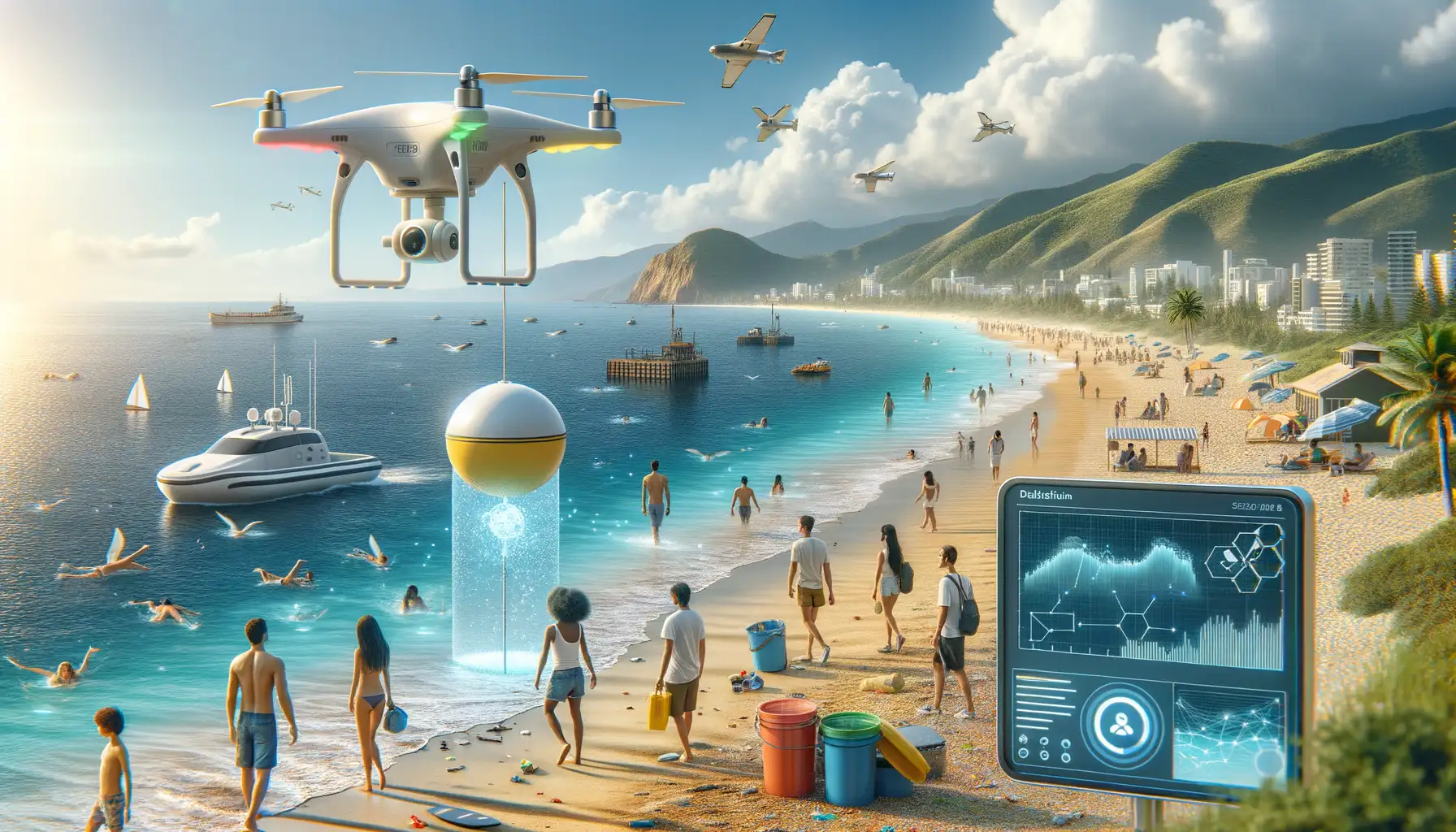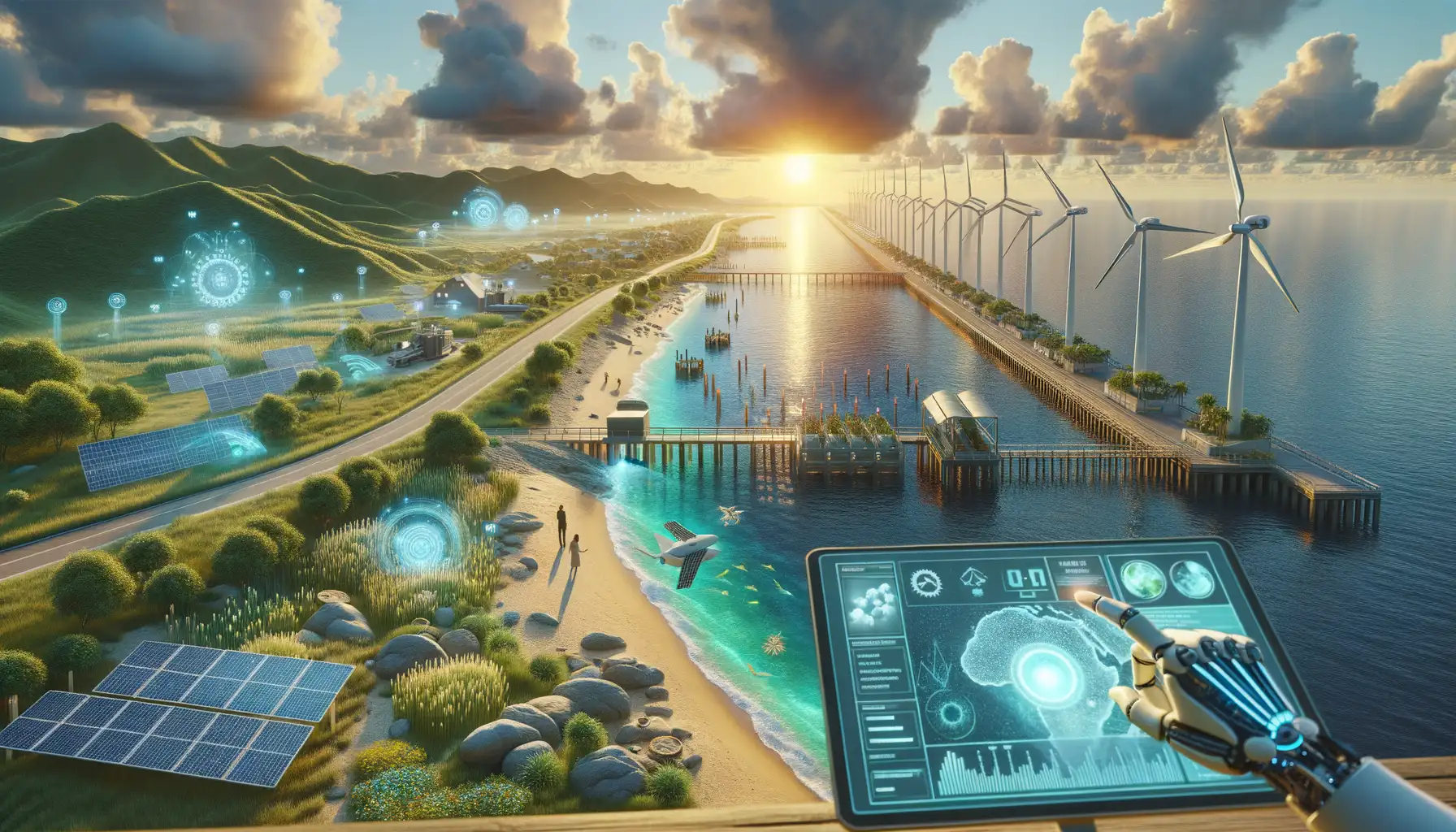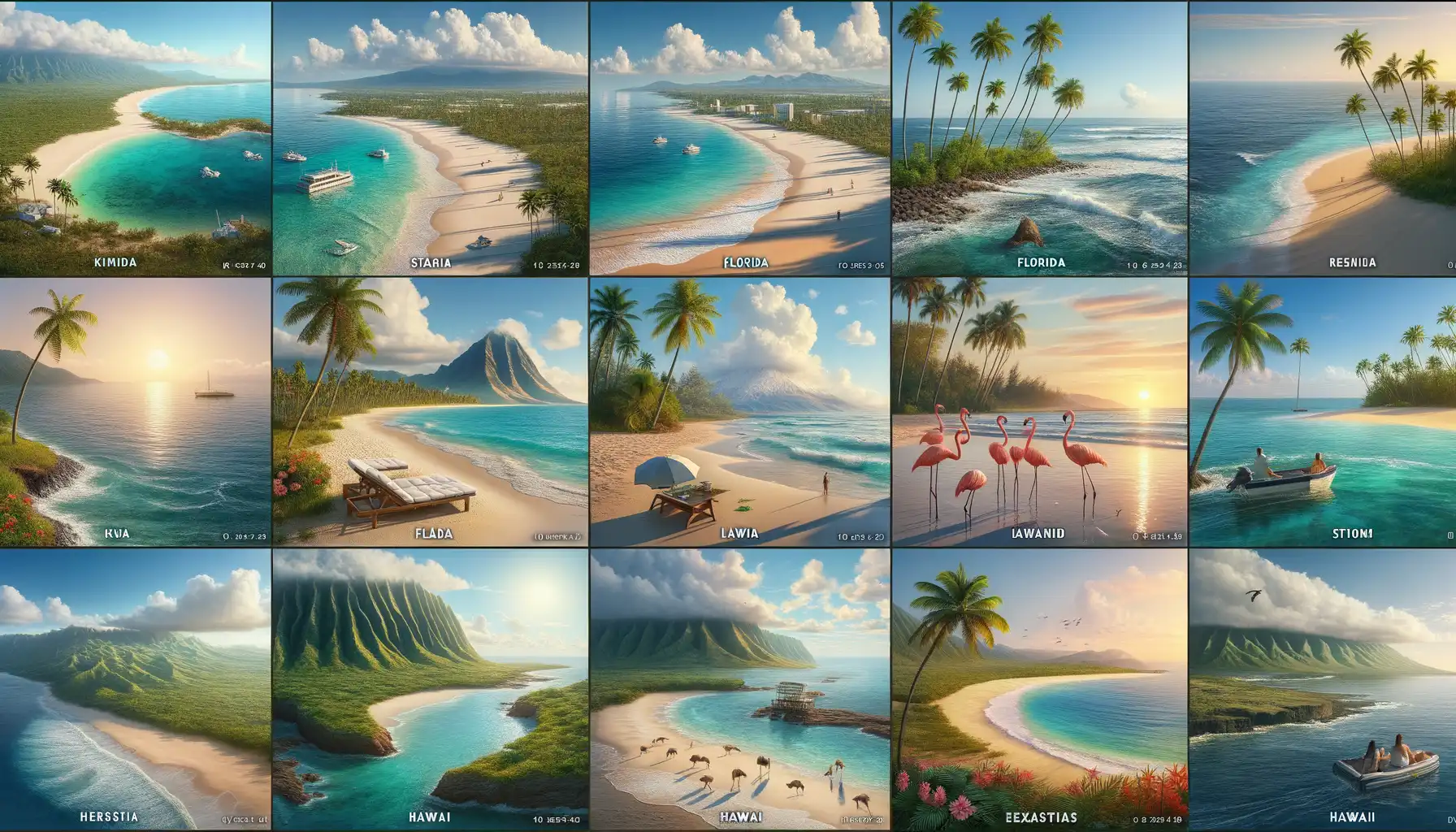Understanding Beach Erosion and Its Environmental Impacts
What Is Beach Erosion, Really?
Picture this: soft, golden sands vanishing grain by grain under your feet, whisked away silently by waves and wind. That’s beach erosion—a natural yet dramatic transformation fueled by nature’s forces like coastal currents, rising sea levels, and even storms. But wait, humans are in on this too. Construction, sand mining, and poorly planned infrastructure can speed it up, leaving coastlines battered and deflated like an old balloon.
Let’s not sugarcoat it—erosion is more than just sand going missing. Entire ecosystems hang in the balance. Beaches, after all, are more than postcard-perfect getaways. They’re vital habitats for sea turtles nesting under moonlit skies and shorebirds darting along the tide.
- Disrupted marine food chains? Check. Erosion damages dunes that nourish coastal vegetation critical for marine life.
- Flood risks? Increased. Without their protective barrier, inland areas face storm surges head-on.
- Cultural treasures? At risk of collapse. Historical sites along eroding coastlines aren’t spared either.
This isn’t just science; it’s personal. Think of erosion as an invisible hand slowly pulling the plug on those cherished seaside escapes and childhood memories. Are we ready to let that happen?
How Artificial Intelligence Enhances Beach Erosion Predictions

Detecting the Invisible: How AI Sees What We Can’t
Picture this: a gentle shoreline today, but tomorrow—a crumbling cliffside or eroded dunes swallowing up precious habitats. Predicting this kind of change isn’t just challenging; it’s like trying to guess the moves of a sand artist working in the dark. Enter Artificial Intelligence (AI), the visionary tool reshaping how we understand beach erosion.
AI doesn’t just crunch numbers—it deciphers nature’s whispers, finding patterns in the chaos that human eyes overlook. By analyzing years of satellite imagery and wave dynamics, AI can map out precisely where the coastline will retreat next. Imagine it like having a crystal ball, but packed with algorithms instead of mysticism.
Here’s where it gets fascinating:
- Machine learning pinpoints erosion hotspots by studying ocean currents, wind direction, and sediment movement.
- Real-time data feeds—powered by sensors—help anticipate storm surge impacts before they strike vulnerable beaches.
This isn’t just “science fiction cool”; it’s lifeline technology. Coastal communities, scientists, and environmentalists now wield predictive power, turning uncertainty into strategy. The stakes? Saving homes, ecosystems, and even memories tied to those sandy horizons.
Applications of AI in Beach Conservation Efforts

Leveraging AI for Cleaner, Healthier Shorelines
Imagine walking along your favorite beach, the sun warming your skin and waves gently lapping at the shore. Now imagine that very beach struggling against pollution, habitat destruction, or relentless erosion. Here’s where Artificial Intelligence steps in like a clever lifeguard armed with data and solutions.
Through advanced technologies, AI helps identify problem areas before they worsen. By analyzing satellite imagery and drone footage, it can detect hotspots of debris accumulation or illegal sand mining — activities that threaten not just the beach but the rich marine ecosystems tied to it.
Tools like intelligent sensors are now monitoring water quality in real time, flagging toxic spikes caused by human interference or natural disasters. And here’s an unexpected twist: AI even gets involved in planting! Using machine learning models, experts predict the best spots for planting coastal vegetation, which anchors loose sands and minimizes erosion.
Next time you’re at the shore, take a moment to marvel — even the grains of sand beneath your feet might be part of an AI-driven effort to conserve what we love.
Challenges and Limitations in Using AI for Coastal Preservation

When AI Faces the Storms of Coastal Complexity
The promise of AI in coastal preservation is dazzling, but let’s not sugarcoat it—there are bumps on this sandy road. While algorithms might sound like superheroes wearing virtual capes, they aren’t immune to getting tangled up in the unpredictability of Mother Nature. Take, for instance, the challenge of gathering reliable data. Sure, satellites and sensors churn out numbers, but what if a massive storm disrupts data collection? Or when underwater shifts create patterns that even an AI model struggles to decode?
And then there’s the issue of scaling. A model trained on Florida’s coastline may flounder when applied to the remote beaches of Madagascar. Each stretch of coast is its own complex character, with quirks, climate quirks, and human impacts that don’t always translate into neat calculations.
Ethical dilemmas, too, loom like shadows on the horizon. Who owns the sensitive data collected about vulnerable coastlines? And does AI always act in the best interest of communities living by those shores? These are tough questions begging for thoughtful human oversight.
Future Prospects of AI in Coastal Management and Sustainability

Reimagining Coastal Futures with AI
Picture this: a coastline that thrives for generations, where shimmering sands and teeming marine life are in perfect harmony. This isn’t just wishful thinking—it’s a future where AI technology plays the role of guardian and guide. What could this look like? Imagine AI-powered drones mapping fragile dunes, automatic sensors tracking tide changes in real time, or advanced algorithms predicting erosion hotspots before they even form. This kind of innovation isn’t coming—it’s already knocking at the door.
The magic lies in AI’s ability to process monumental amounts of data and offer actionable insights. For instance, machine learning models could streamline sustainable tourism by identifying areas vulnerable to overcrowding, preserving both the beaches and your next seaside escape. And what about renewable energy? Coastal wind farms might soon rely on AI to optimize placement and boost efficiency without disturbing marine ecosystems.
Why the Future is More Than Algorithms
Here’s the heart of it: AI isn’t just cold data-crunching. It holds the key to something deeply human—preserving the places we love. With these tools, small communities may gain the power to protect their shores from rising seas, while conservationists can finally outpace ecological threats.
In short, Artificial Intelligence and coastal management might just be the dream team we didn’t know we needed.




